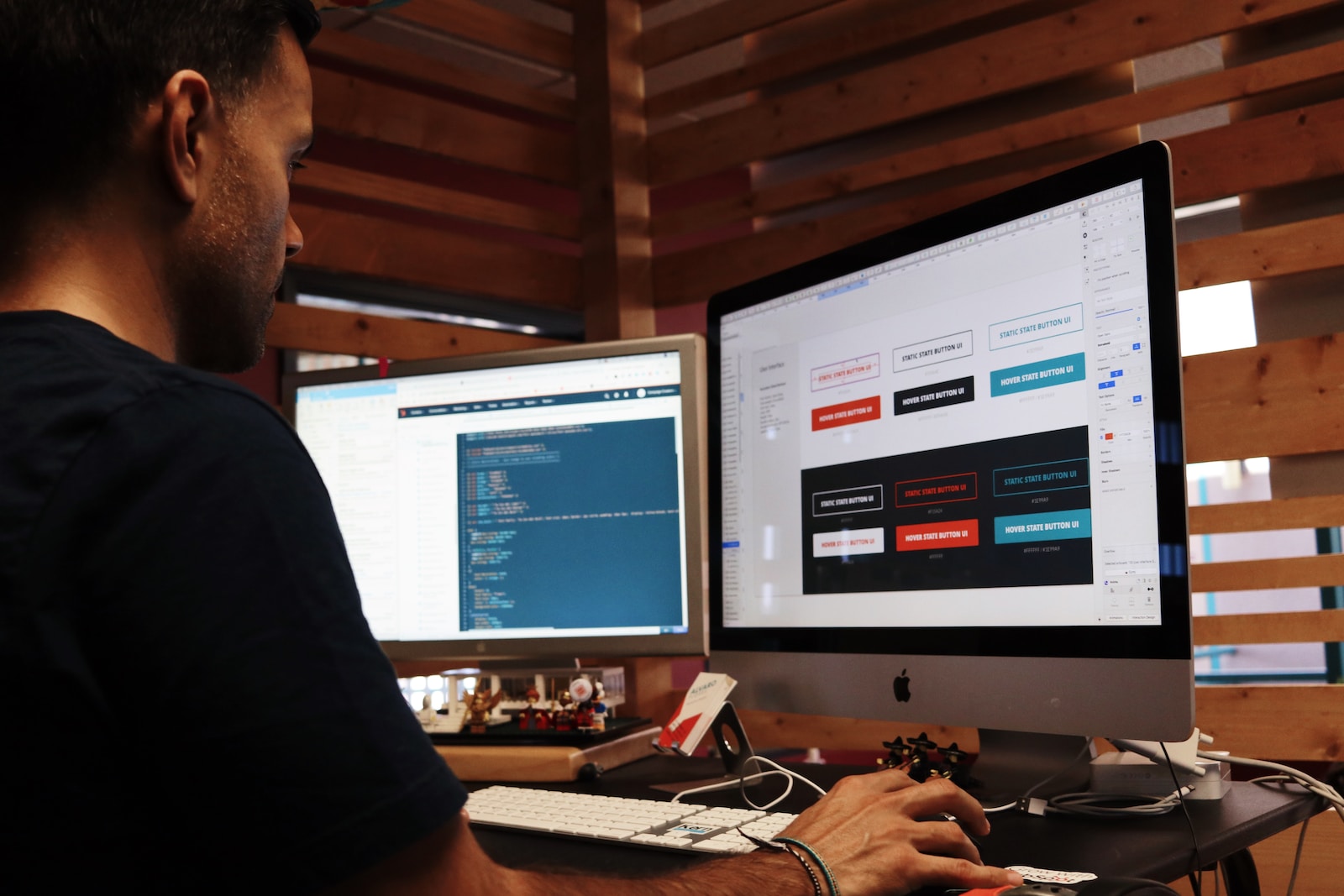Web design is important in converting visitors from SEO and social media. Rather than modifying the website for a higher conversion rate later, it is best to use best practices for Website Design for SEO and Social Media Success. The tips below help you design a website that provides you an edge regarding SEO and social media traffic.
1. Ensure appropriate metadata
Metadata plays an essential role in search engines and in social media. Search engines use it as a ranking indicator. Whenever you share the URL of your website on social media, it also reads the metadata. It also integrates some elements of the metadata like featured image, title, and meta description into the message being shared on social media. The point is that having relevant metadata will help you garner traffic from search engines and social media websites. Therefore, while designing the website, ensure every metadata element, like meta description, meta tags, etc., are populated.
2. Include social proof on the web pages
Social proof works best when trying to convert relevant or cold traffic. It increases business authority. When designing the website, ensure social proof can be displayed in prominent places. Usually, display it above the fold so that the visitors from social media or SEO remain on the website for longer, leading to a higher probability of conversion.
3. Ensure text is easy to read
The legibility of text on websites plays a very important role in converting visitors. Visitors will close the website if the text or information is hard to read. While fancy fonts might look good, if they impact the legibility of the website, it’s best to avoid them during the design stage itself. One can also incorporate design elements into the website, providing the visitor better control in terms of font type and size. That way, the visitor can make the website easy to read.
4. Organize information appropriately
A website might offer the visitor the exact information they are looking for, but the visitor won’t go through it if it is not organized. During the design stage, incorporate various tabs to make information more organized like:
- Use pages in the proper hierarchy:
Use proper page structure with hierarchies. One can use drop-down menus and make use of categories to make information more organized.
- Ensure proper text structure:
Use bullet points, paragraphs, images, and white space to make the text readable. Simply pasting a block of text will make the text difficult to read. A designer can also break up the text using various sections to make it easy to read.
5. Make the design responsive
Of Course, making the design responsive is necessary. Most search engine users use smartphones to browse. Similarly, traffic from social media also primarily uses smartphones. So, make every element and functionality responsive right from the designing stage.
6. Block no robots
Search engines and social media platforms use robots to index your website. Search engines won’t rank your website, and social media platforms won’t embed meta information in your posts, if you block the robots, resulting in reduced traffic. So, ensure no robots are blocked.
7. Follow all accessibility guidelines
Search engines and social media platforms receive diverse traffic. Therefore, it is advisable to make the website user friendly even for people with disabilities. For that, have an audio version of the website content easily accessible. Additionally, keep the font size large and readable.
Simply follow these tips while designing a website for social media platforms and search engines, and you shouldn’t have a problem gaining traffic and converting it. Later, incorporating these changes in your website is cumbersome and time-consuming. The best is to design the website in such a manner right from the start.

